So, I recently bought an old ISA video card on eBay. The seller claimed it had 1MB of VRAM and all eight memory chips were present. Sounds great, right? Well, things didn’t exactly go smoothly.
Table of Contents
Overview and tests
Here’s how the board looked when I received it:
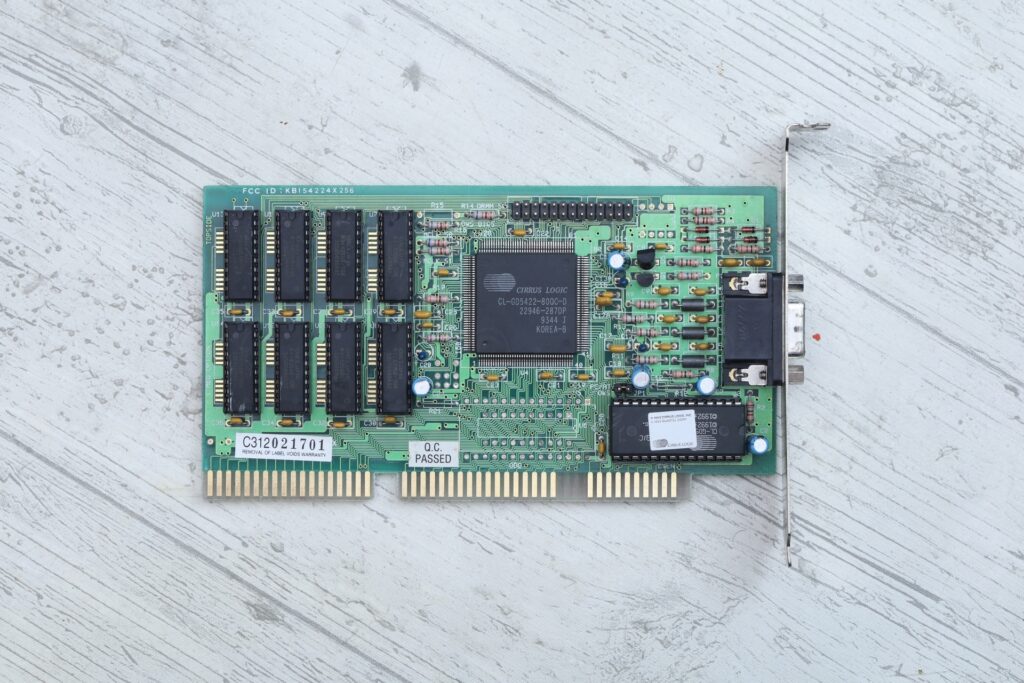
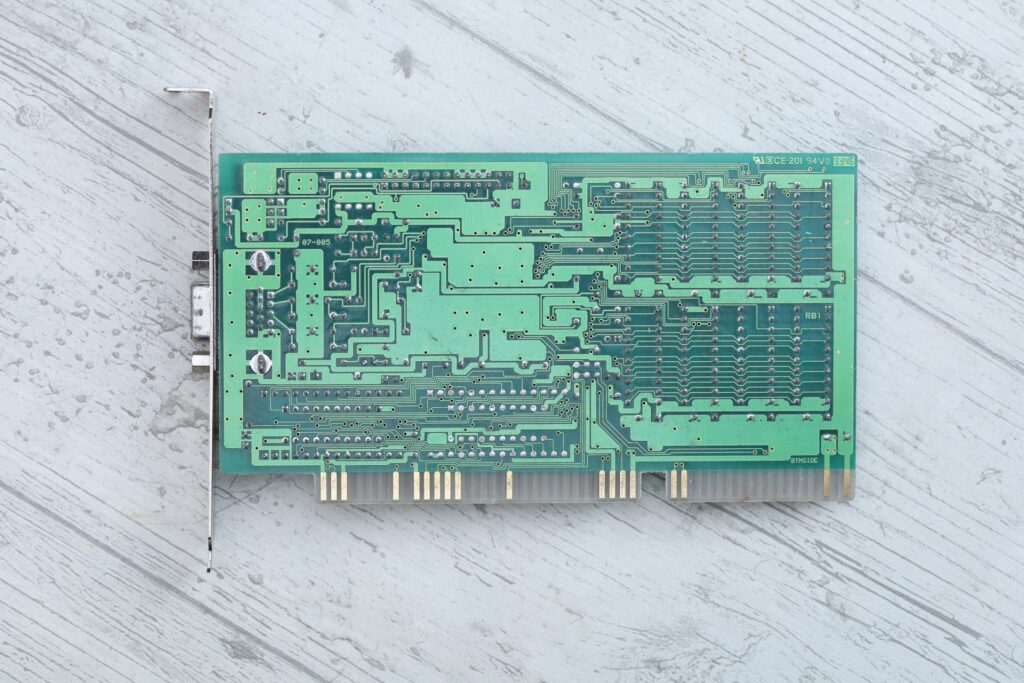
There aren’t many markings on the board. A quick visual inspection reveals a board with:
- FCC ID: KBI54224X256
- Memory chips are: OKI M514256B-70R (8 of them)
- JP1 -> PC/AT 0WS (Jumper was closed).
Troubles started the moment I tried to test it. Most of the time, my computer would just beep with no image. Most of the time the card was not being recognized. I tried re-seating it, cleaned its ISA connector (although it was already clean), wiggle it in the socket, etc.
Somehow few times it did work and I was keen to run some tests. Software like idchip, snoop, and x-vesa all reported only 512KB of VRAM:
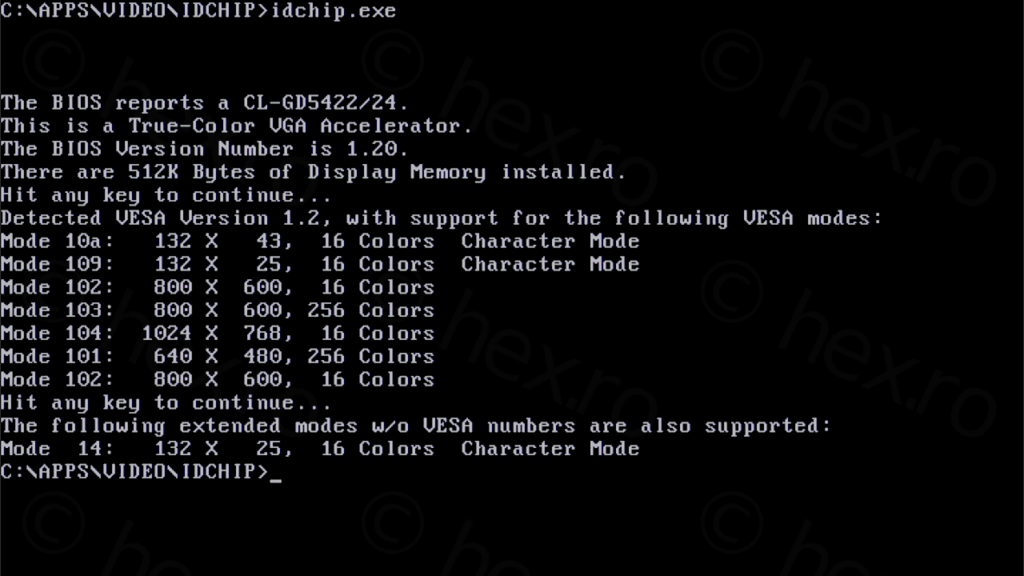
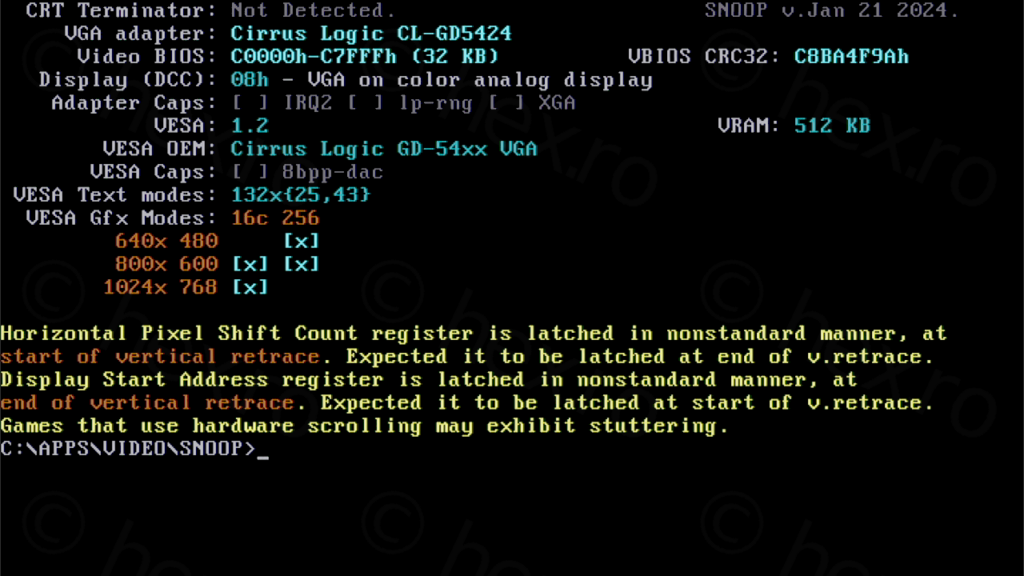
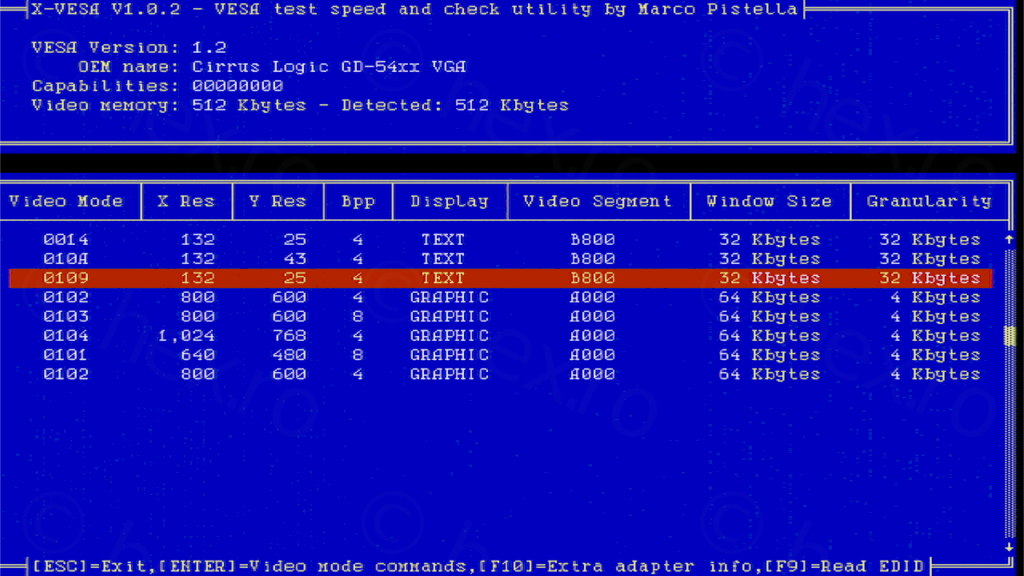
Although I trust the seller (and knew he’d accept a return), I decided to give it a shot at fixing it myself.
Diagnosing
The first idea: one or more of the memory chips were probably bad. So, I labeled them and started swapping them around.
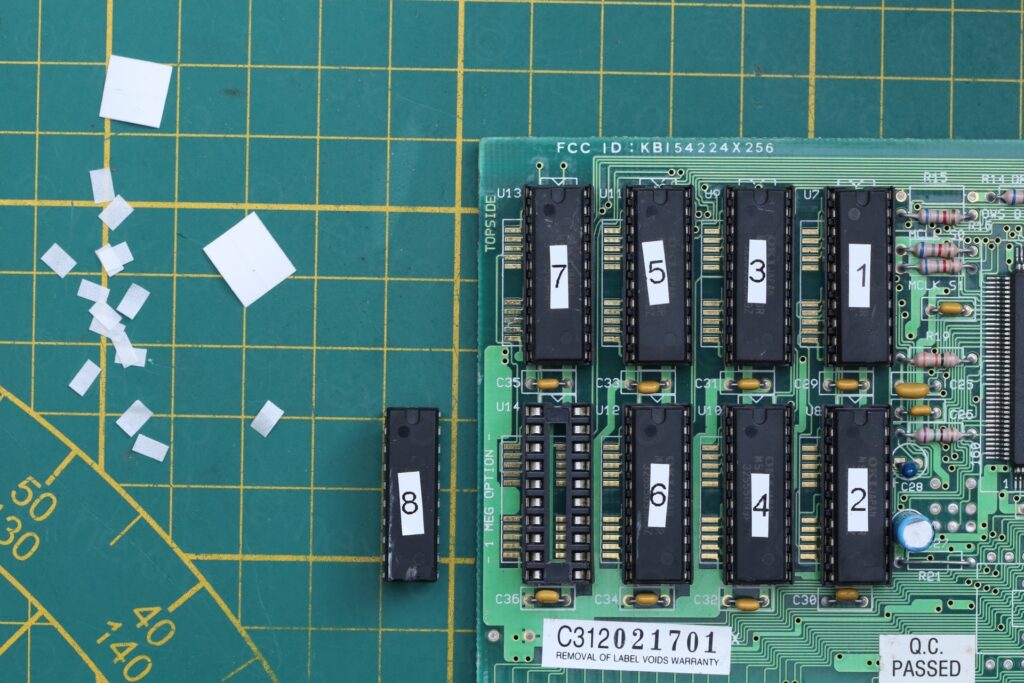
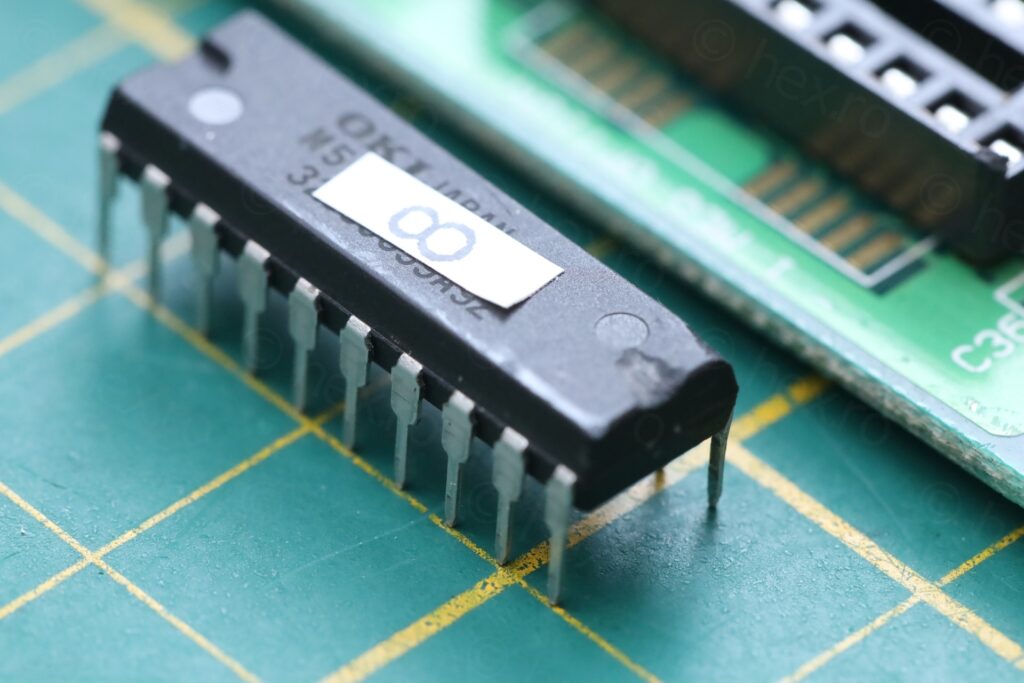
One of the ICs looked like its plastic housing was damaged (photo above).
Surprisingly, even with just the first four chips, the card didn’t work! It would change screen colors randomly with every key press or action. Then, with only two chips remaining, it would briefly display half the characters before image going black.
This made me wonder if the board was wired for 1MB and simply couldn’t function properly with half the memory ? I was removing a chip from the top row and one from the bottom row – but I had no clue – should I just remove the bottom row and keep the 4 on the top row ? The bottom row has a silk screen on the side of the board: “1 MEG OPTION”
The Mystery Solved
While looking at the back of the board (trying to figure out how the memory is laid out) I discovered a tiny spec on one trace. On close inspection, it looked like something sharp impacted the circuit board, creating a tiny impact hole and cutting the trace:
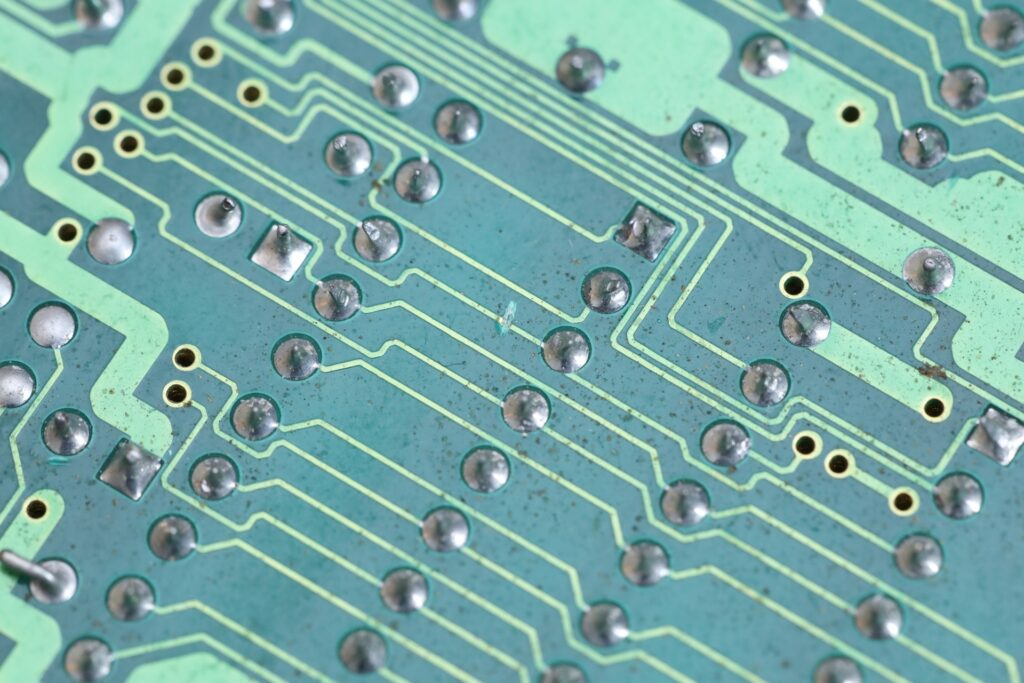
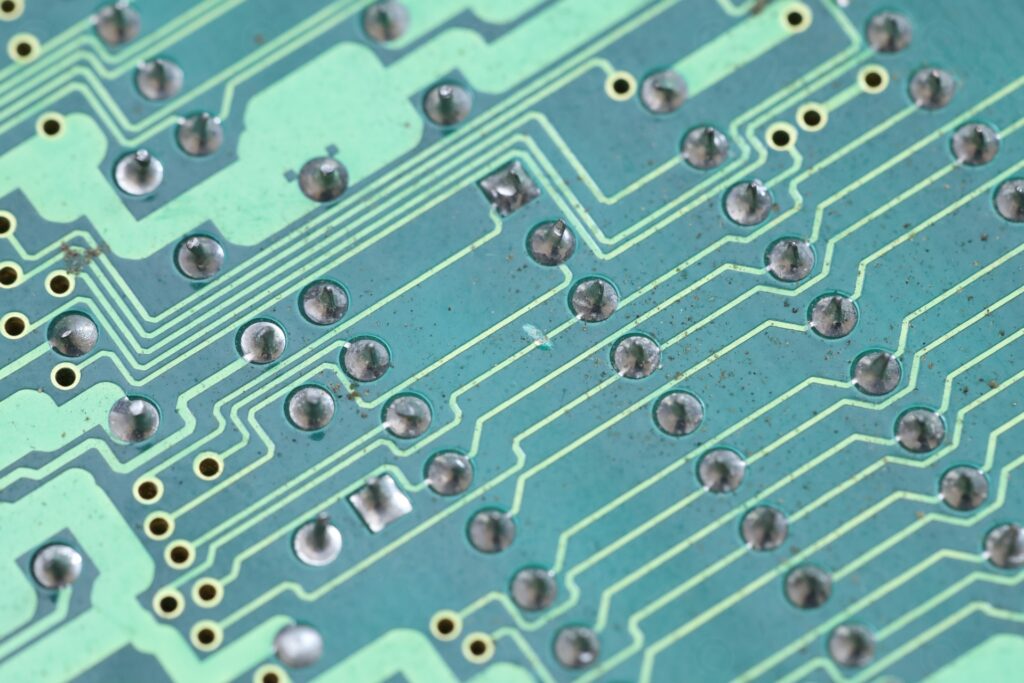
I proceeded to scrape the protective green cover and bridge the gap with solder.
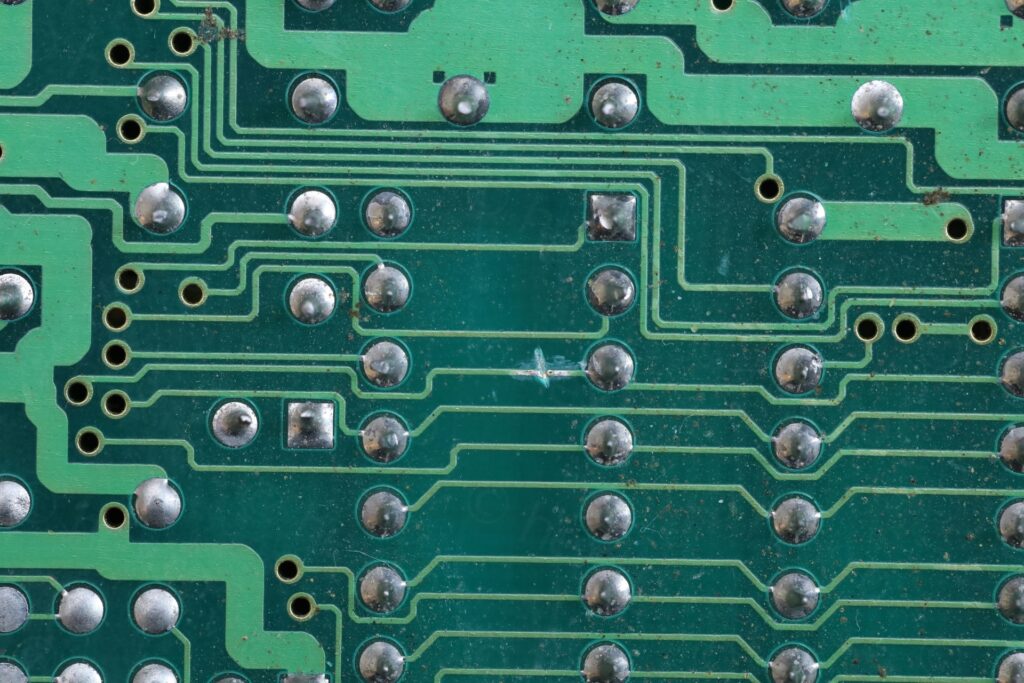
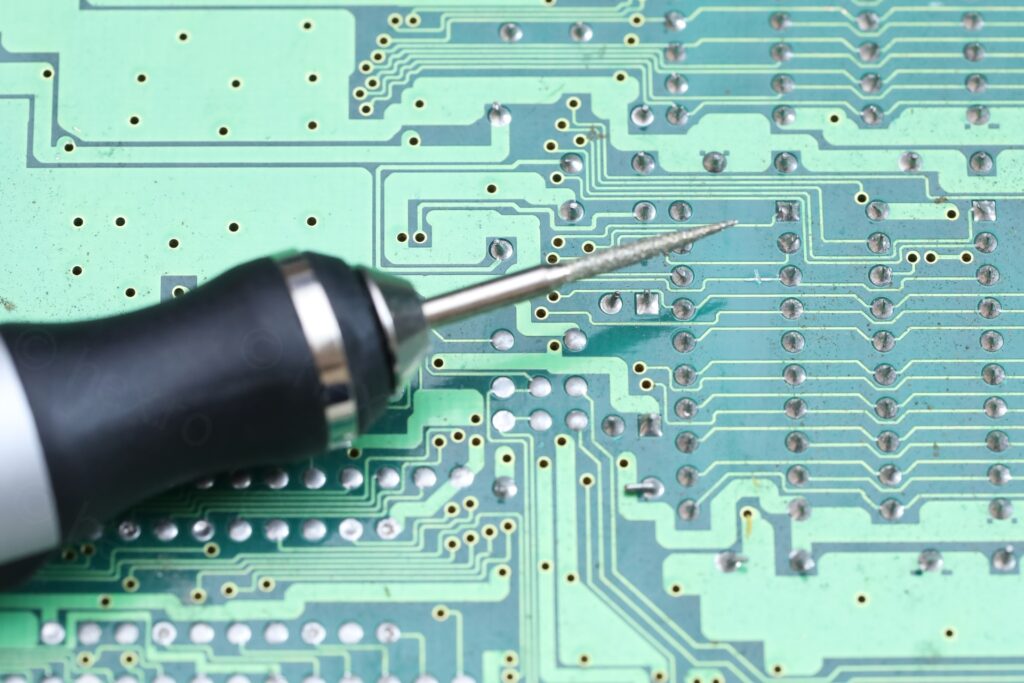
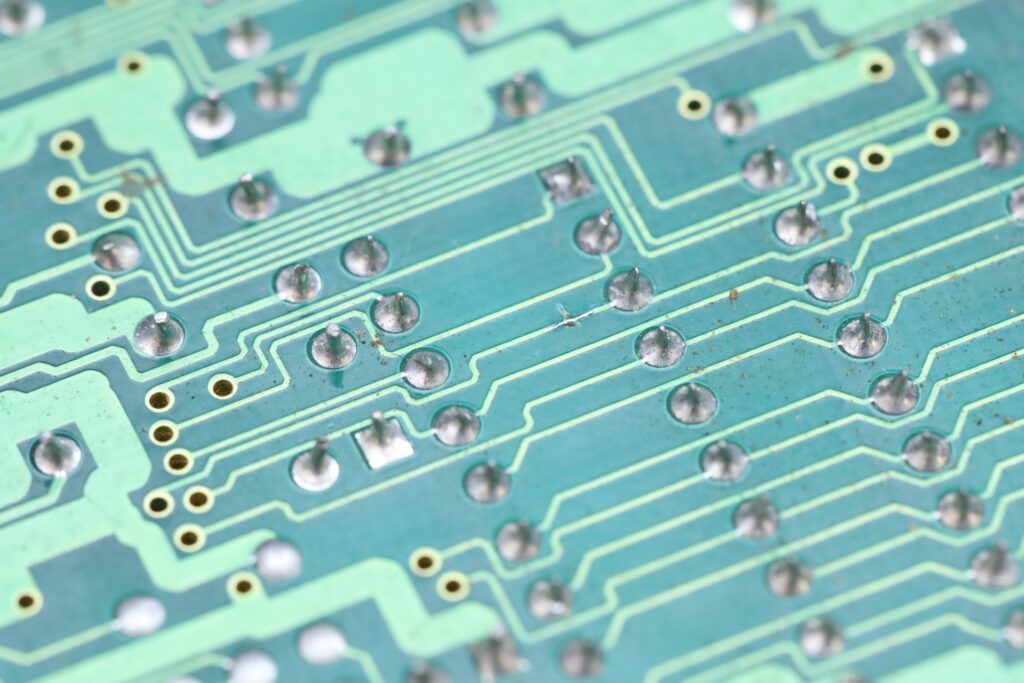
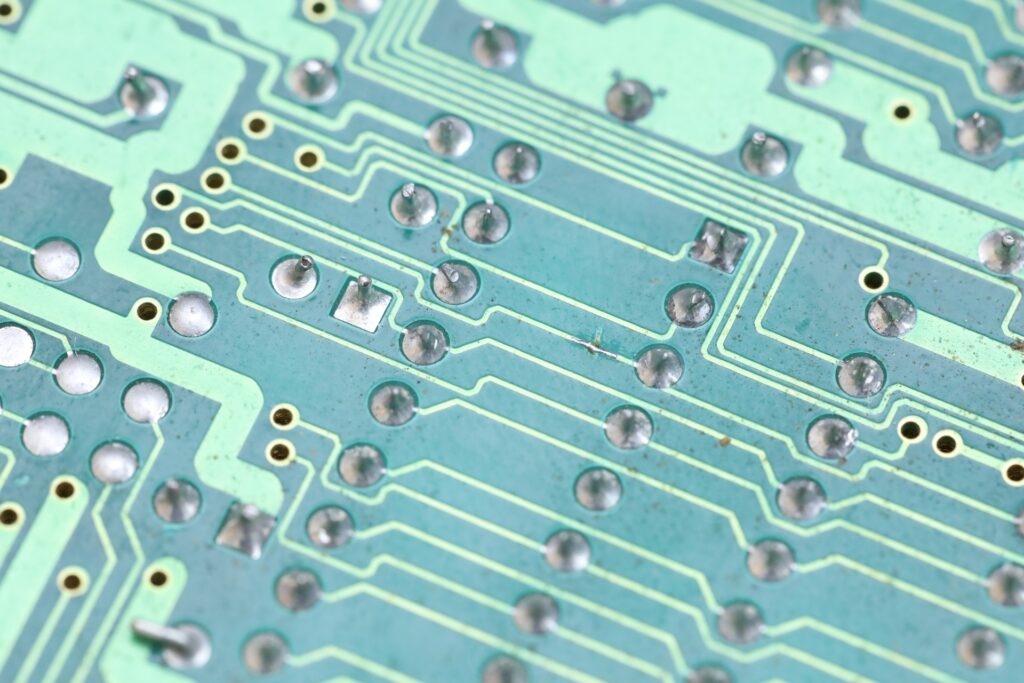
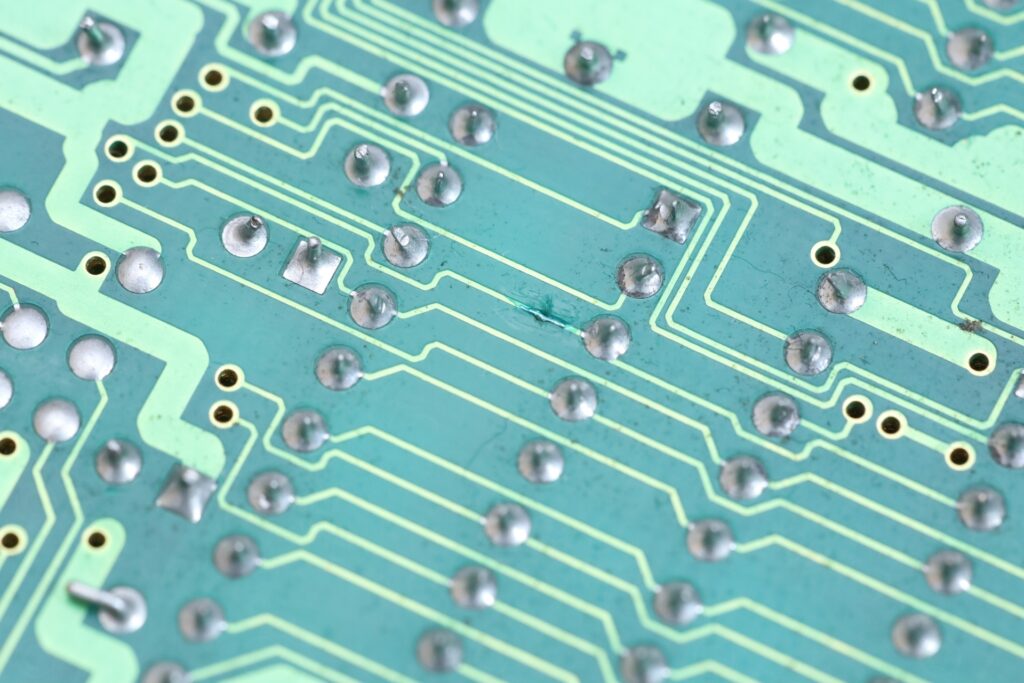
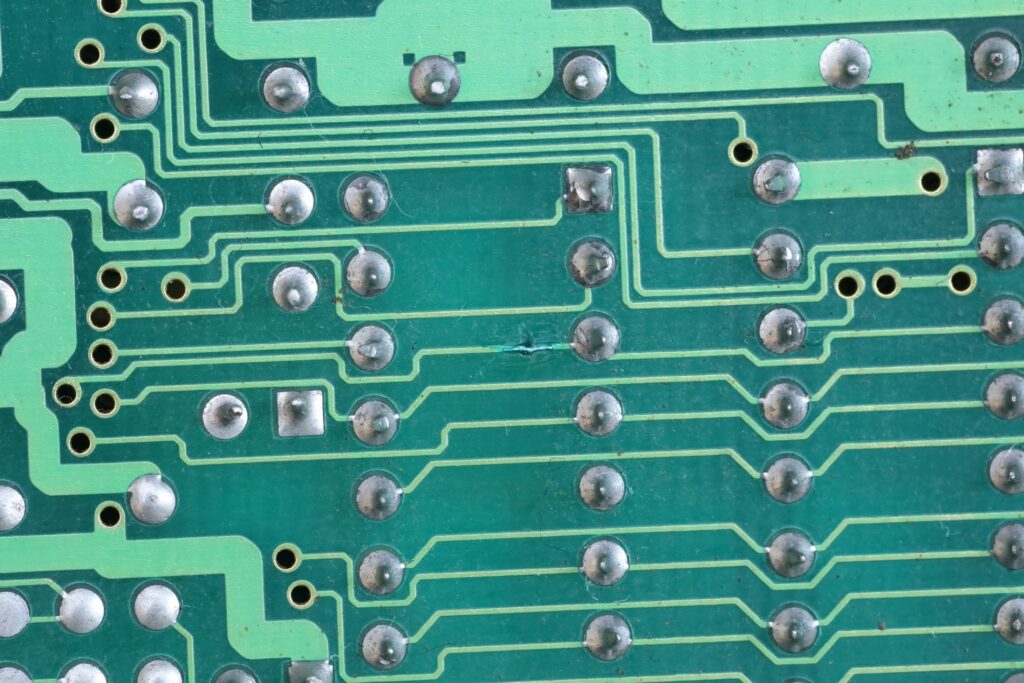
This was it. Board was finally acting right. Always booting and software reporting it with 1Mb of RAM.
To finish the job, I sealed the fix with a small layer of UV curable solder mask.
Benchmarks
The system for benchmarks / checks was a Soyo 025D2 Motherboard (Sis 85C461 chipset), with an Intel 486DX2-50 CPU and 32Mb of RAM. Level 2 cache was enabled and board set to “Auto Config Function: Enabled”. I measured the ISA Bus clock speed at 8.33MHz (which means BIOS chose CLK/3 speed for it). OS is FreeDOS 1.3.
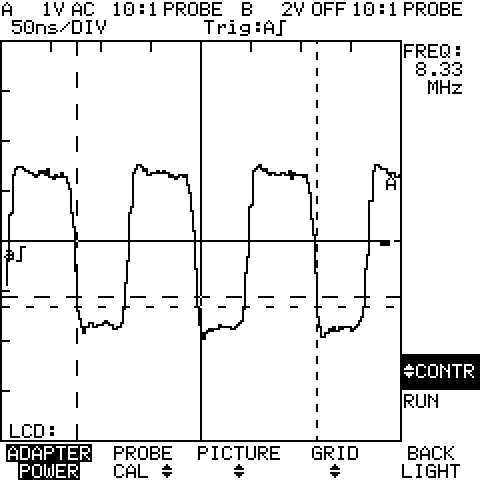
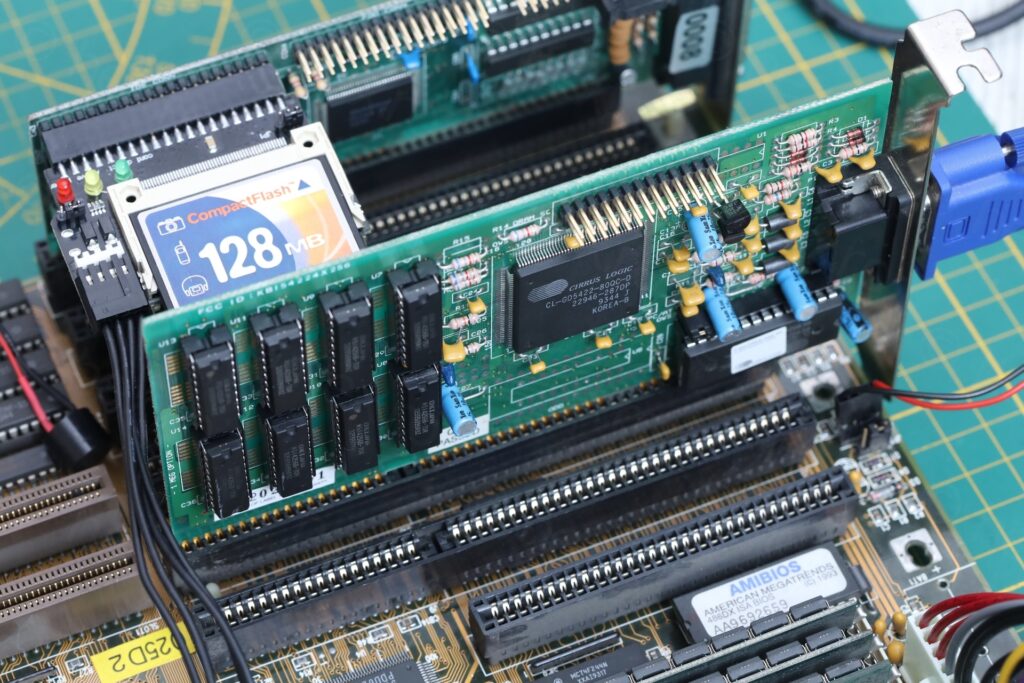
Results are coming from Phil’s DOS Benchmark Pack plus few other utilities I found on VOGONS.
| Software | Results / Output |
|---|---|
| 3D Bench 1.0 | 26.3 |
| 3D Bench 1.0c | 26.1 |
| Chris’s 3D Benchmark | 27.3 score / 16.4 FPS |
| Chris’s 3D Benchmark 640 x 480 | 8.5 score / 5.1 FPS |
| PC Player Benchmark | 7.1 |
| PC Player Benchmark 640 x 480 | 2.6 |
| DOOM min. details (Slower PCs) | 52.82 FPS |
| DOOM max. details (Faster PCs) | 14.10 FPS |
| Quake Timedemo | 5.2 FPS |
| Landmark System Speed Test / Video | 3202.08 chr/ms |
| TOPBENCH 4.0c | 300µS VIDMEM/ 31µS 3DGames |
| Speedsys 4.78 VESA Memory | 2657 KB/s |
| clmode | 1024Kb detected / Results: 800×600 64k |
| ctcm /vid (Maximum) | 3.2 Mb/s |
| idchip | 1M detected |
| nssi | 1M detected |
| snoop | 1M detected |
| vidspeed | S S2 T T2 Y |
| whatvga | 1M detected |
| x-vesa (Write 16 bit) | 3110 Kb/s @ 640x480x16 |
An interesting defect. I feel lucky as it was not so hard to spot the broken trace, although, for the price I payed, the board should have been perfect.
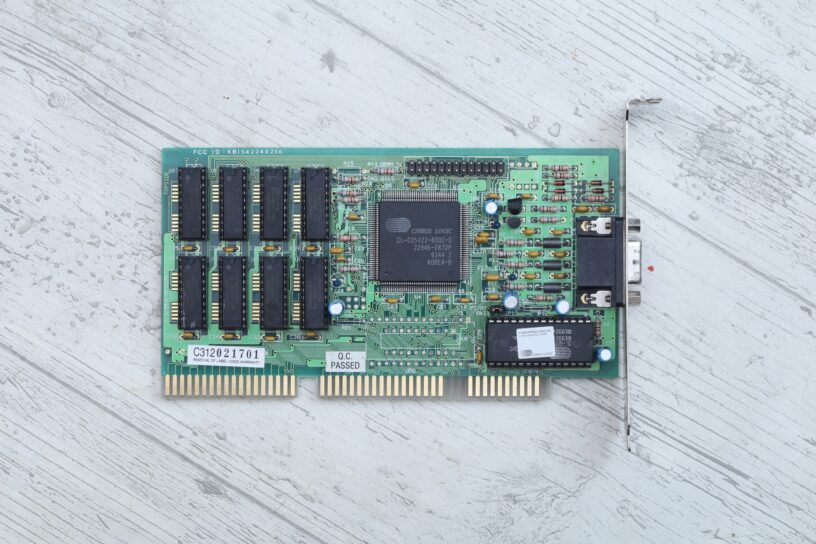
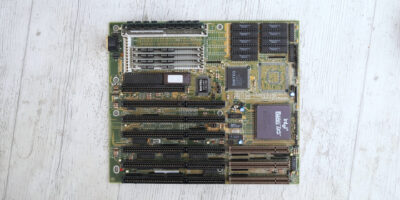
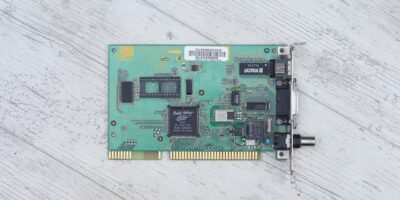
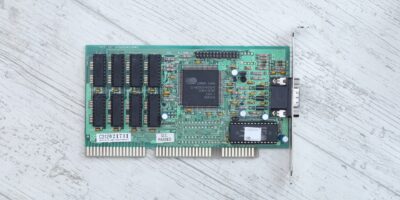
Leave a Reply